Overland Route
Since the Ceuta and Melilla-Nador border fences were constructed in the 1990s, they have become increasingly dangerous and deadly for communities on the move. They are the most visible symbol of the harm caused to migrant people by the border regime and a clear example of the use of border externalisation to enable systematic human rights violations.
Migrant communities face unprecedented conditions on both sides of the fences, which have become zones of non-rights where hundreds of people have died over the years. In some cases, their bodies have been found; in others, they remain missing.
In the cities of Ceuta and Melilla, people from Morocco, Algeria and Asian countries have crossed the border by hiding in vehicles, under buses and lorries and even inside suitcases.
LATEST DATA
People
disappeared
Dead
people
HISTORY OF THE ROUTE
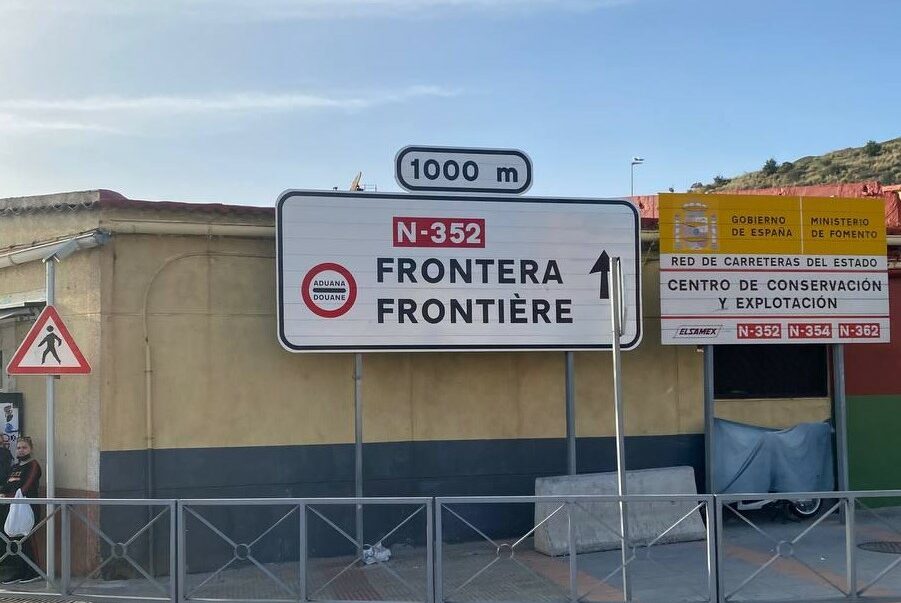
1991
Construction of border fences
In the 1990s, people from sub-Saharan African countries found it increasingly impossible to obtain a visa to travel to Europe. After the first border crossings took place, border fences were built in the two cities.

2000-2004
Illegal returns from the cities
During this period, migrant people in Ceuta and Melilla were regularly returned to the other side of the border through the fences. They were rounded up in the streets, at migrant support centres and even at hospitals.
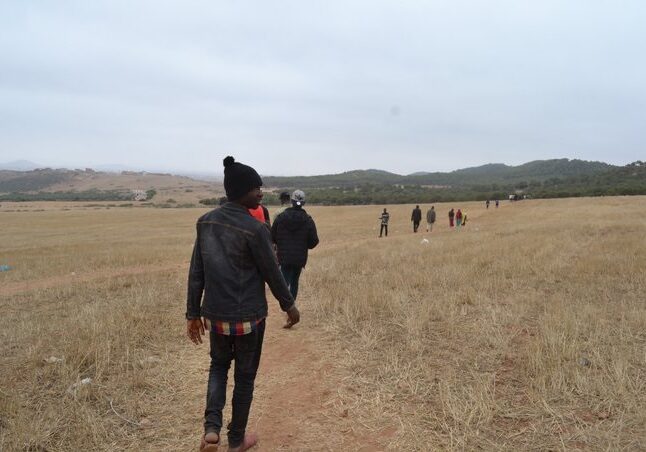
2005
Shootings in Ceuta and Melilla
Hundreds of people crossed the fences between August and December. At least 15 people died, five of whom were struck by bullets in Ceuta. Morocco launched mass deportations to the desert from the informal camps near the fence between Bel Younech and Gurugu. Images of buses filled with desperate people spread around the globe. Thousands of people died during the deportations, while the Spanish Minister of Foreign Affairs congratulated Morocco for its efficient border control.
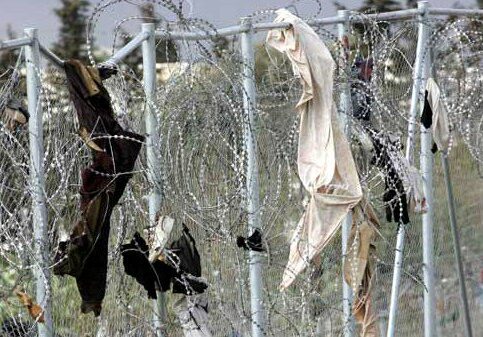
2006-2011
Transnational human rights violations
Razor wire was installed along the border fences, making them even deadlier. On the Moroccan side, European funds were used by the authorities to embark on a campaign of constant raids and harassment in the informal settlements in the woods. Migrant people continued to be mutilated and killed and migrant resistance groups were set up to condemn these rights violations. In Morocco, the Council of Subsaharan Migrants was founded in response to the slaughter in 2005, representing the first organisation of its kind in the country. On the Spanish side, people mobilised to tackle the deportations and the terrible reception conditions in the cities of Ceuta and Melilla, which had become akin to open-air prisons.
2012-2013
Torture at the border
The UN Special Rapporteur on Torture condemned the beatings, sexual violence and other types of abuse systematically suffered by migrant communities. Illegal returns through the border fences became another form of repression and torture was regularly inflicted on migrant people during these returns.

2014
Slaughter in Tarajal
On 6 February, the Spanish authorities used riot gear against people on the jetty in Tarajal and committed the crime of failing to render assistance when numerous people were at risk of losing their lives. Fourteen people died as a result of the operation and one remains missing. The bodies retrieved on the Moroccan side were identified, but the identity of those on the Spanish side remains unknown. The 23 survivors who managed to cross were illegally returned to Morocco. The victims’ families mobilised to call for justice and for the bodies on the Spanish side of the border to be identified; their efforts continue to this day. In response to the impunity upheld by the Spanish justice system, organisations from around the world mobilise every 6 February to mark the fight against border crimes.
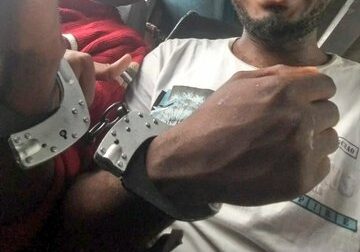
2015-2017
Arbitrary mass detention
The camps in the woods surrounding Ceuta and Melilla were dismantled. Arbitrary detentions were systematically used against migrant people, including minors, pregnant women and asylum seekers, who were released thanks to mobilisation by civil society. The razor wire and trenches were extended to the Moroccan side of the border. The fences were made taller and the Spanish government concealed the illegal nature of the returns by introducing the concept of ‘refusals at the border’ in the gag law.
2018
Good neighbourliness to enable rights violations
In August, the good-neighbourliness treaty signed by Spain and Morocco in 1992 was applied for the first time, circumventing international law. Under the treaty, 116 third country nationals were returned to Morocco.
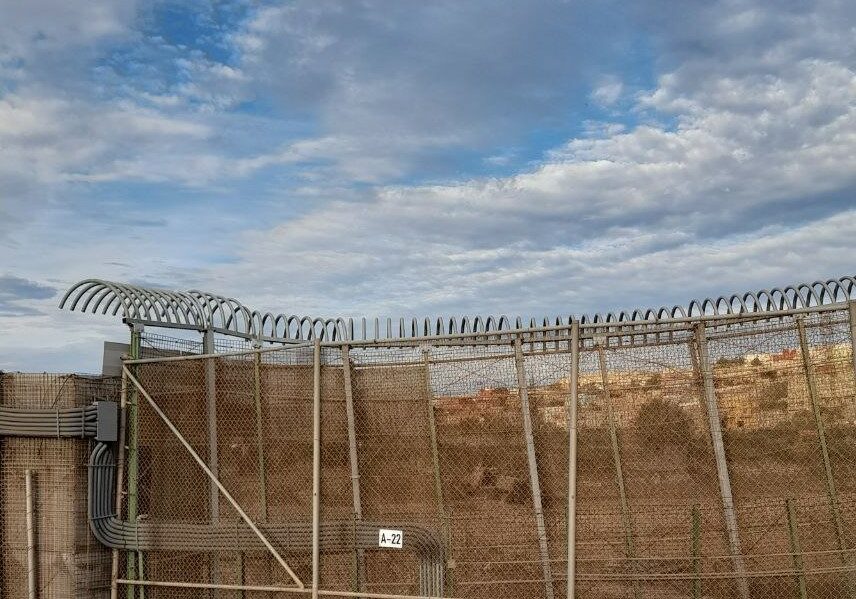
2019-2020
Reinforcing the border fence
The razor wire was removed from the ‘Spanish fence’ and replaced with an inverted comb system increasing the height of the fence to 10 metres. The razor wire on the ‘Moroccan fence’ was kept and the fence was raised to a height of two metres.
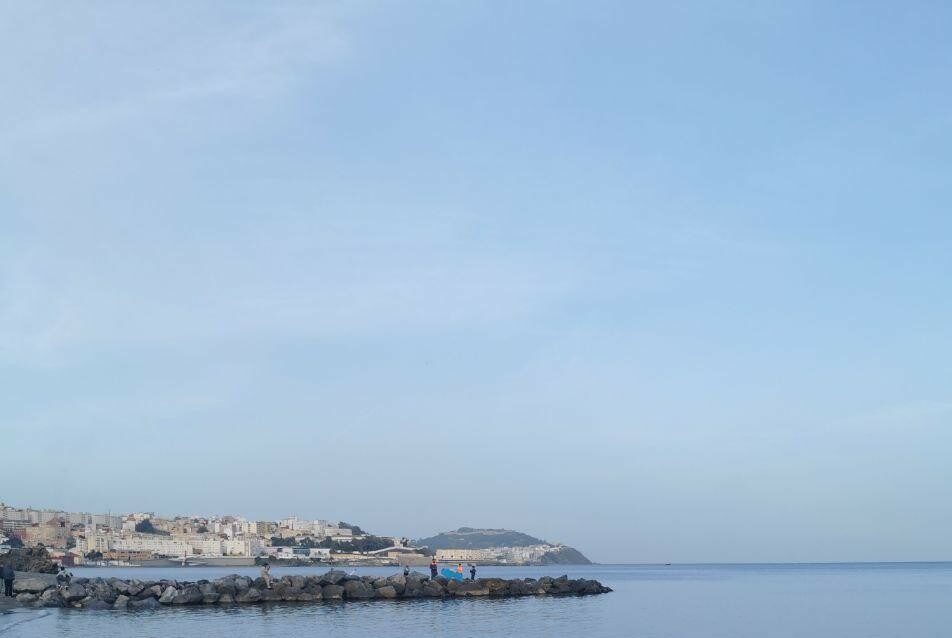
2021
Negotiations vs. rights
In May, thousands of people crossed to Ceuta and were used as a negotiating tool in bilateral relations between Spain and Morocco. During the subsequent days, thousands were illegally returned, including asylum seekers and families with young children. On 16 August, two lawyers managed to suspend the mass illegal return of minors to Morocco after 48 children had already been returned.
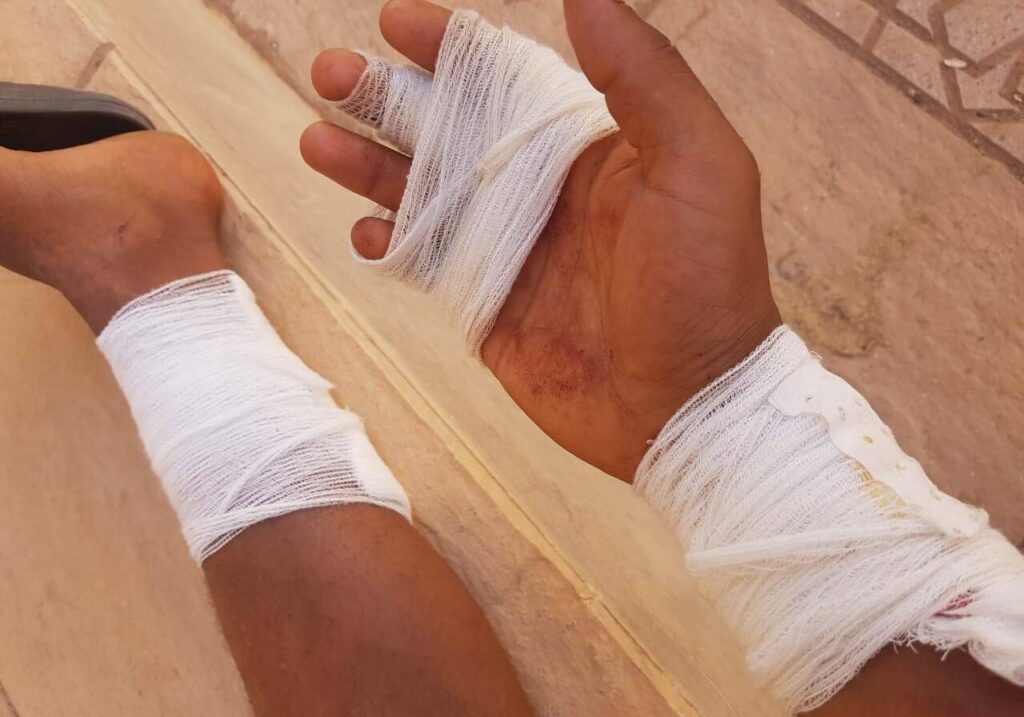
2022
Slaughter in Melilla-Nador
In April, friendly relations between the two countries led to an increase in repression of migrant communities. The escalating violence culminated in the slaughter in Melilla-Nador, which left 40 people dead, dozens missing and hundreds wounded. The partnership between Morocco and Spain served to increase the prevalence of violence, failure to render assistance and illegal returns. In Morocco, hundreds of wounded people were subjected to forced displacement and systematic persecution.
REPORTS
Consult and download the reports produced by our collective. Echo the construction of migrant thinking and knowledge generated in the heart of the borders.